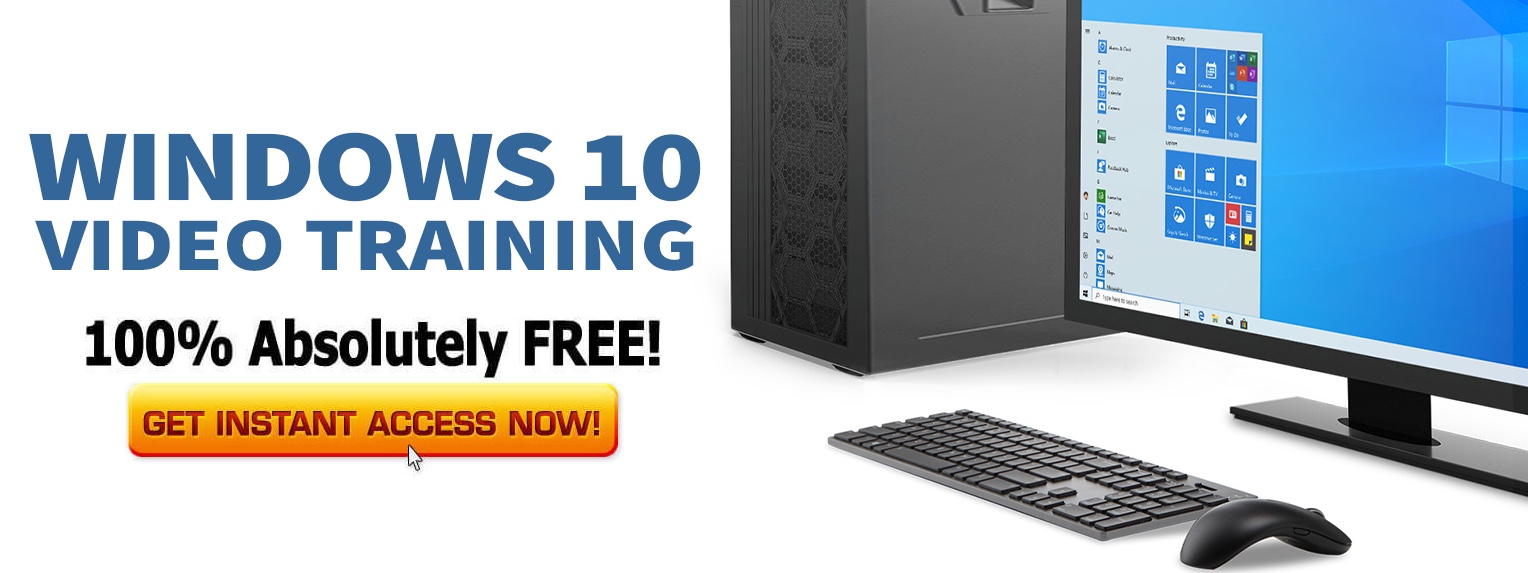While Windows 8 is not expected until deep into 2012, the first rumblings of Microsoft’s marketing machine started earlier this month as the company began disclosing new technologies to be included in the upcoming release. Getting much of the attention is the product’s new tiled interface, which replaces the Windows Start menu, which supports touch-only screens ranging from small screens on controller devices to large PC-based desktop screens and internal corporate kiosks. As part of that marketing machine rumble, Microsoft officials said they think the new technologies can be used as the interface for, if not help inspire, a new generation of touch-centric hardware devices. IT executives see some opportunities to deploy the technologies in their shops, but need some questions answered before they can even conduct an initial evaluation. Some of the questions center around the compatibility of applications designed to take advantage of touch-centric mixing with legacy applications that are not. There are also questions about costs associated with training IT support people. “Over the long term, yes, I see possibilities for this, but over the short term you’ll have to deal with the challenges of tech support training and apps compatibility,” said Bill Yearous, vice president and CIO with The Seattle Times. “It is supposed to be compatible with things like Windows 7 — sort of– but there will be lots of questions about moving our legacy apps to it.” Yearous said he can envision many of the workflow processes associated with producing the paper and getting the paper ready for delivery to the printer, tasks that are not keyboard or mouse intensive, being replaced by touch screen systems. “Looking at touch screens in the paradigm we have now may not make a lot of sense. But depending on how well the apps vendors and IT shops can modify their apps, it could drive how we use these devices differently,” Yearous said. Angelo Valetta, senior vice president and CIO with Sun National Bank also sees opportunities to deploy touch-centric technologies but, for now, largely in strategic areas. He sees them playing a role in the “branch of the future,” where there will be an emphasis on self service where customers access information on products and services using touch-screen kiosks. “We could use this to bring up subject matter experts on one screen, while customers were using touch technology on another screen,” Valetta said. “But we have to see how this technology is presented in Windows 8 and how it will interface with the hardware already out there.” Some analysts said they believe it will take larger IT shops quite a while to warm up to the idea of using touch technologies and tile-based interfaces on desktop PCs, as well as training costs and compatibility issues with mission critical applications Read the full article here. I personally believe that it is too early to tell but it doesn’t look good. Corporations move very slowly…..very very slowly.
- It takes a lot of money to buy new software and licenses for x thousand employees.
- Then you have to install that software to x thousand desktops and devices.
- Then you have to make sure that all your current apps work for the new Operating System.
- Then you have to train x thousand employees on how to use the new OS.
- You have to expect temporary productivity loss as employees ask their questions etc


If the bottom line ($) and (time) cost more than the benefits then the answer is a definite NO. I don’t business’ will change.